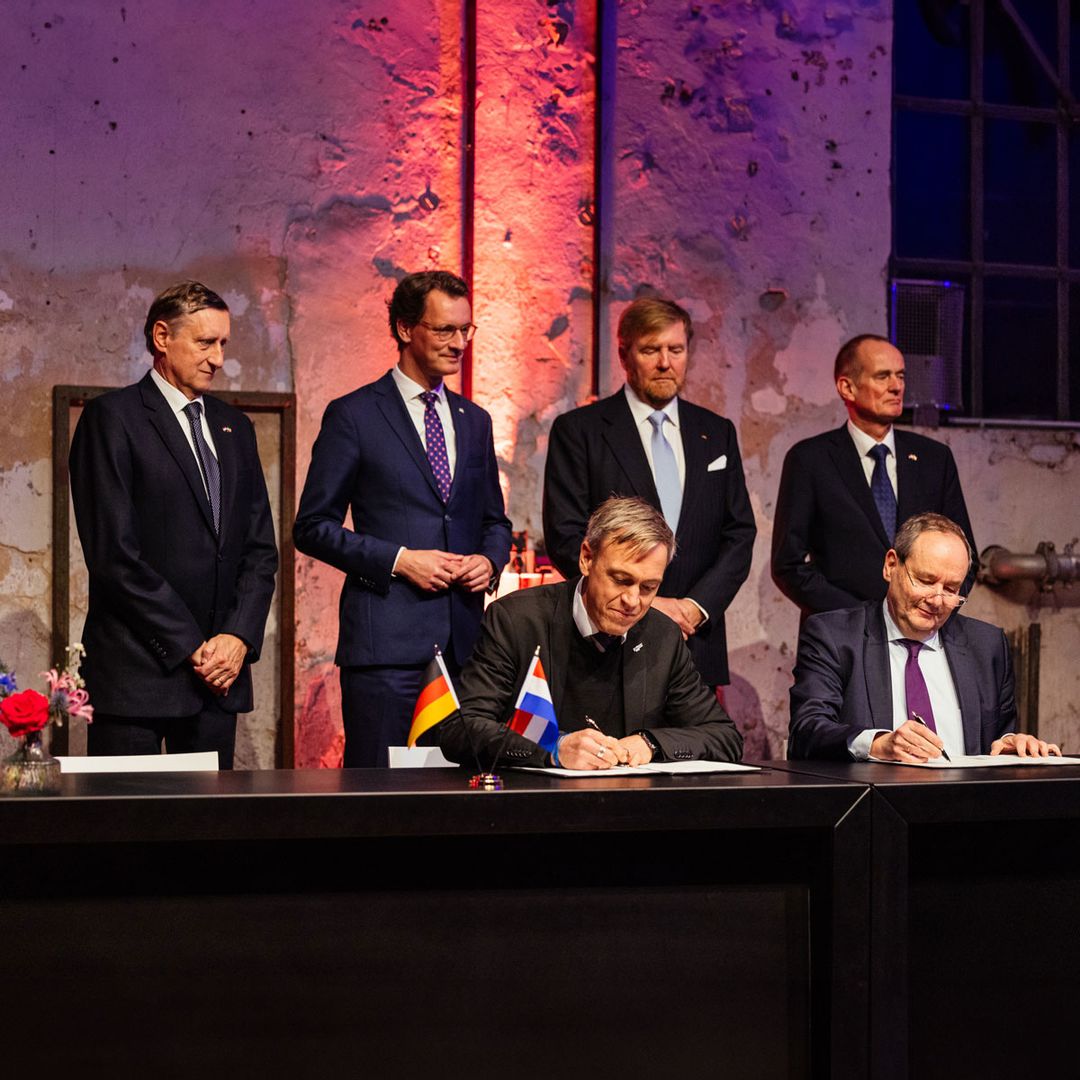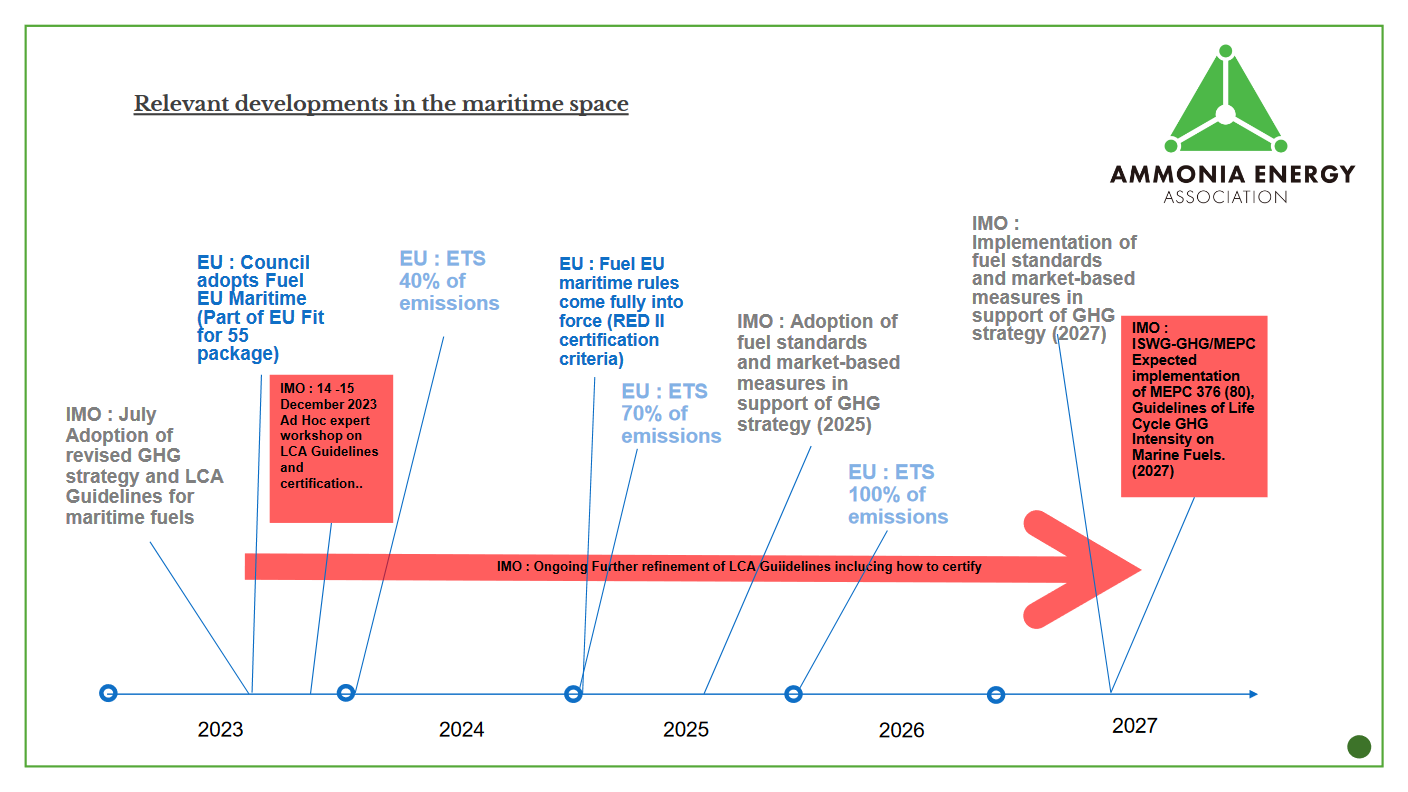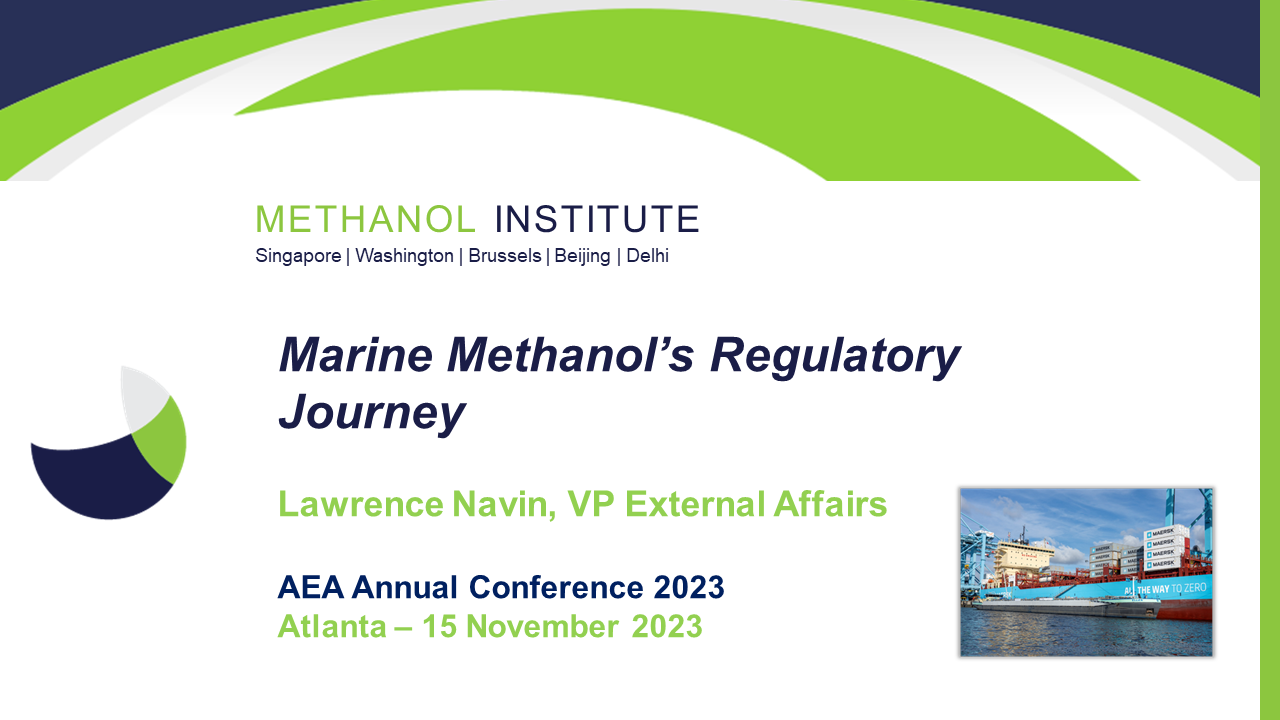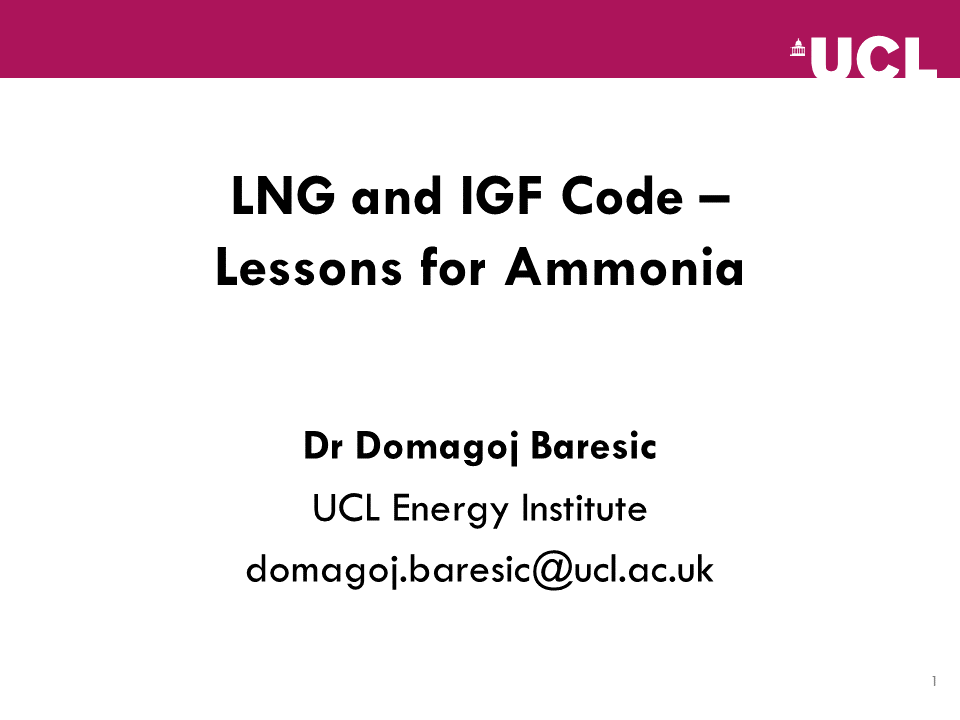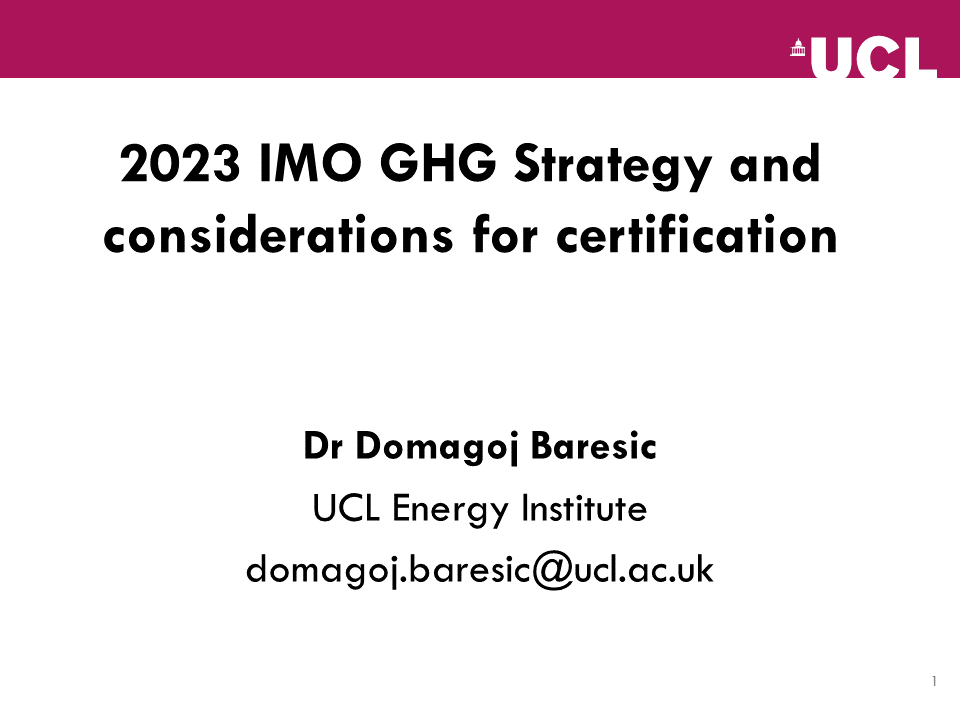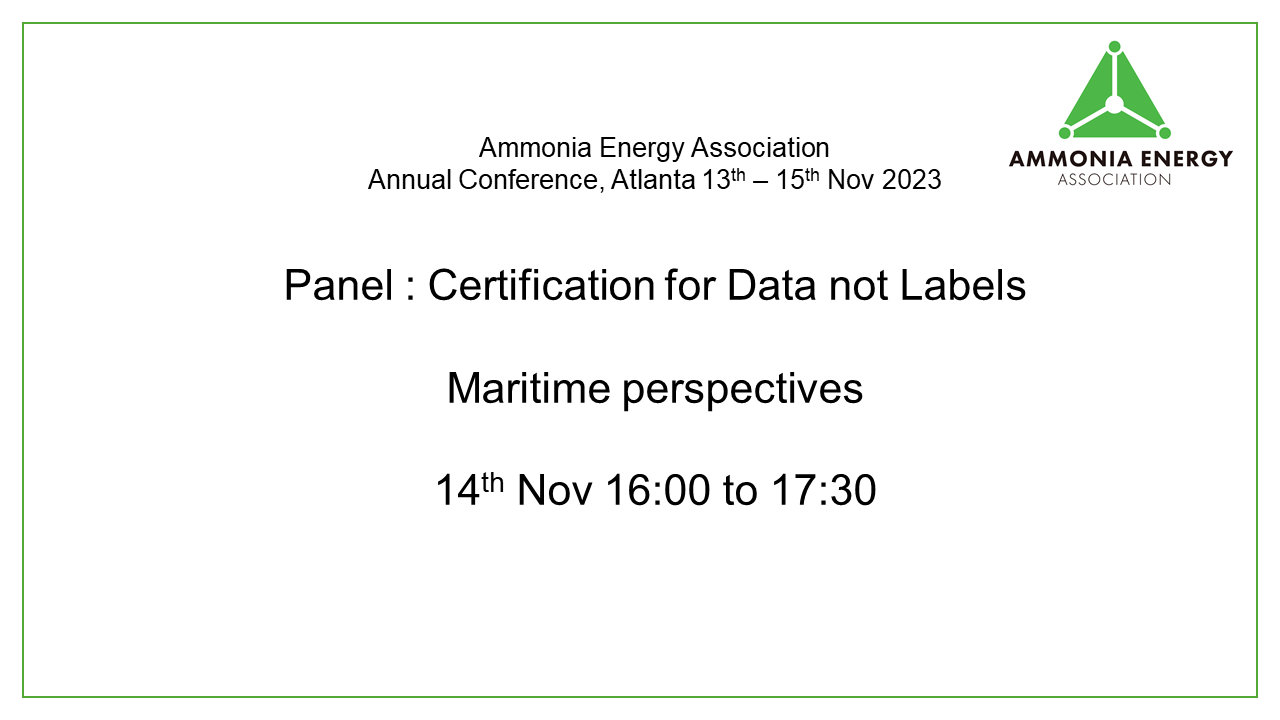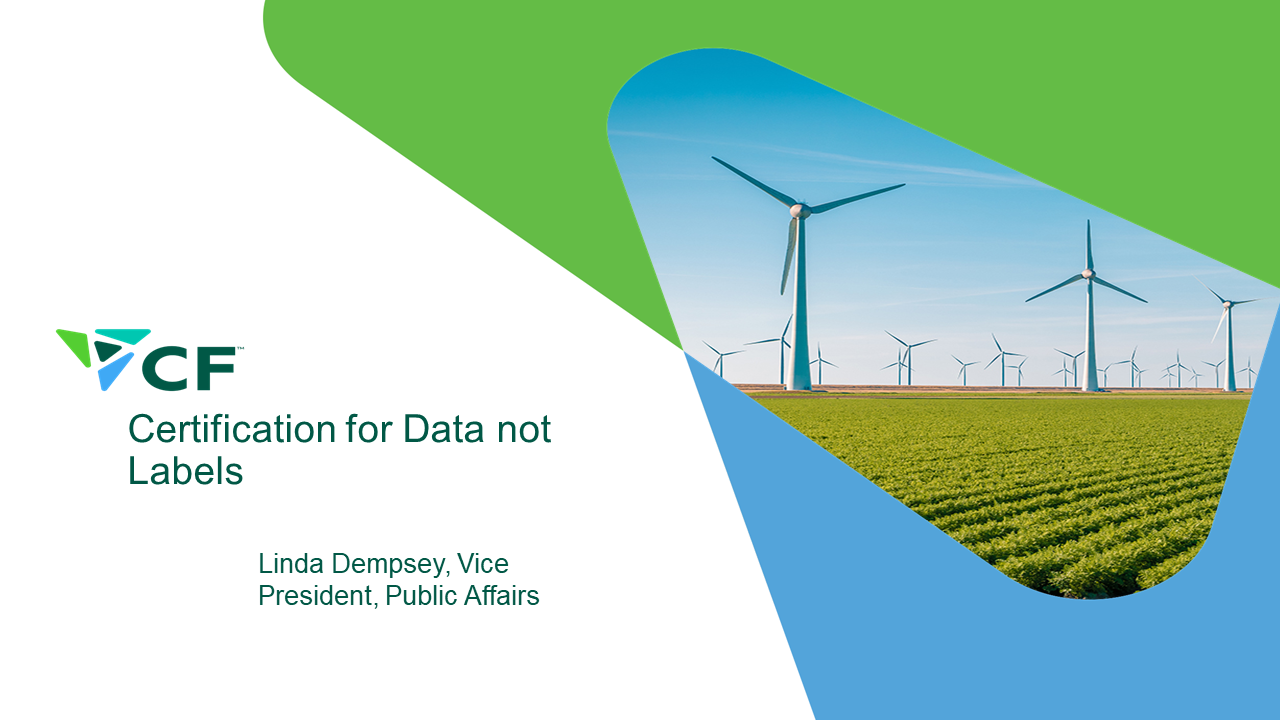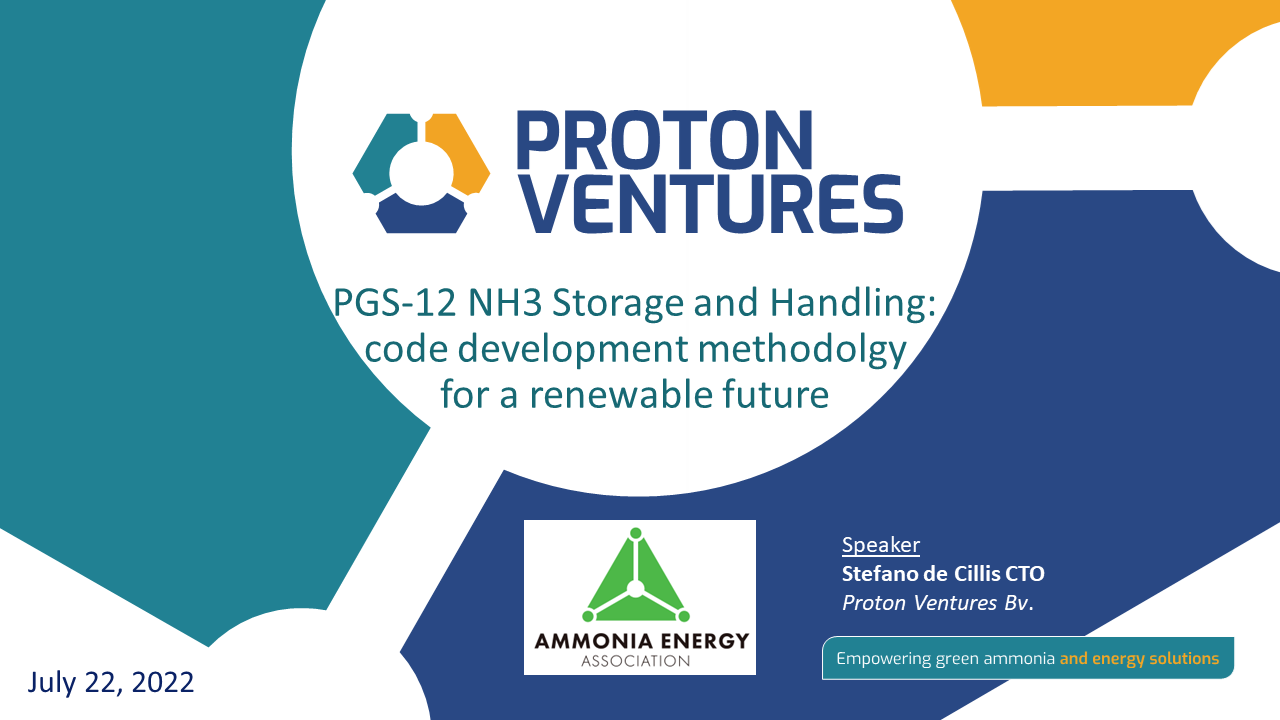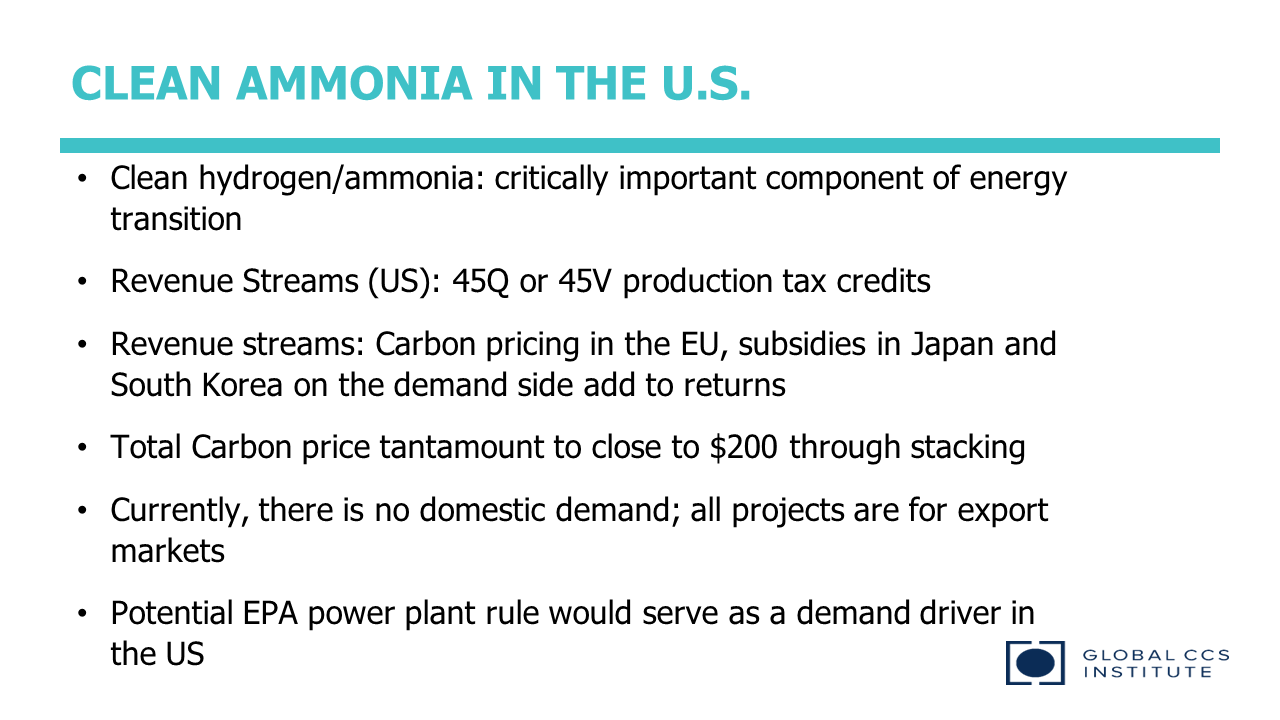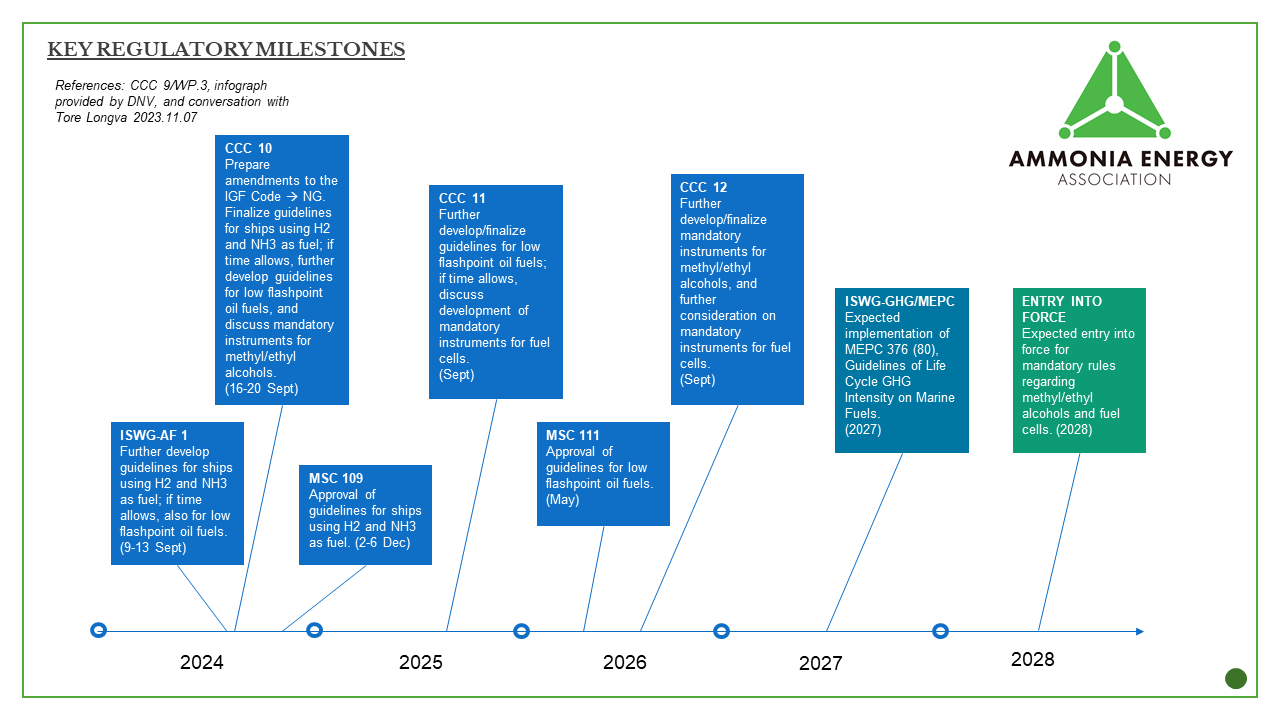“A common vision”: Germany forge new ties for hydrogen imports with the Netherlands, Africa
Germany and the Netherlands have forged a groundbreaking new hydrogen partnership, doubling down on their common vision of a thriving European green hydrogen import market. The countries have announced a joint H2Global tender worth €600 million launching in 2024, as well as a plan to develop cross-border hydrogen infrastructure. Also this month, a new €4 billion commitment to Africa from Germany will act as the “starting signal” for deeper cooperation on hydrogen & renewable energy. Meanwhile, a recent Fraunhofer ISE study provides key insights into the export markets that are best equipped to meet this new demand.
